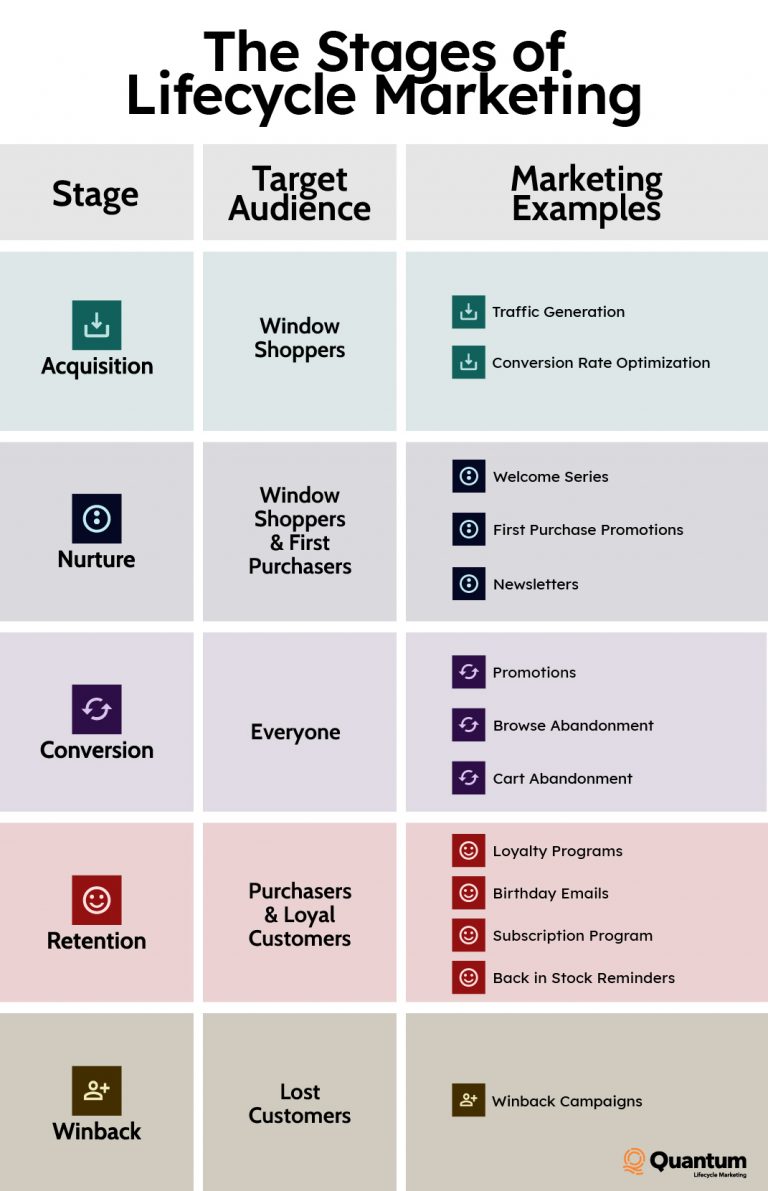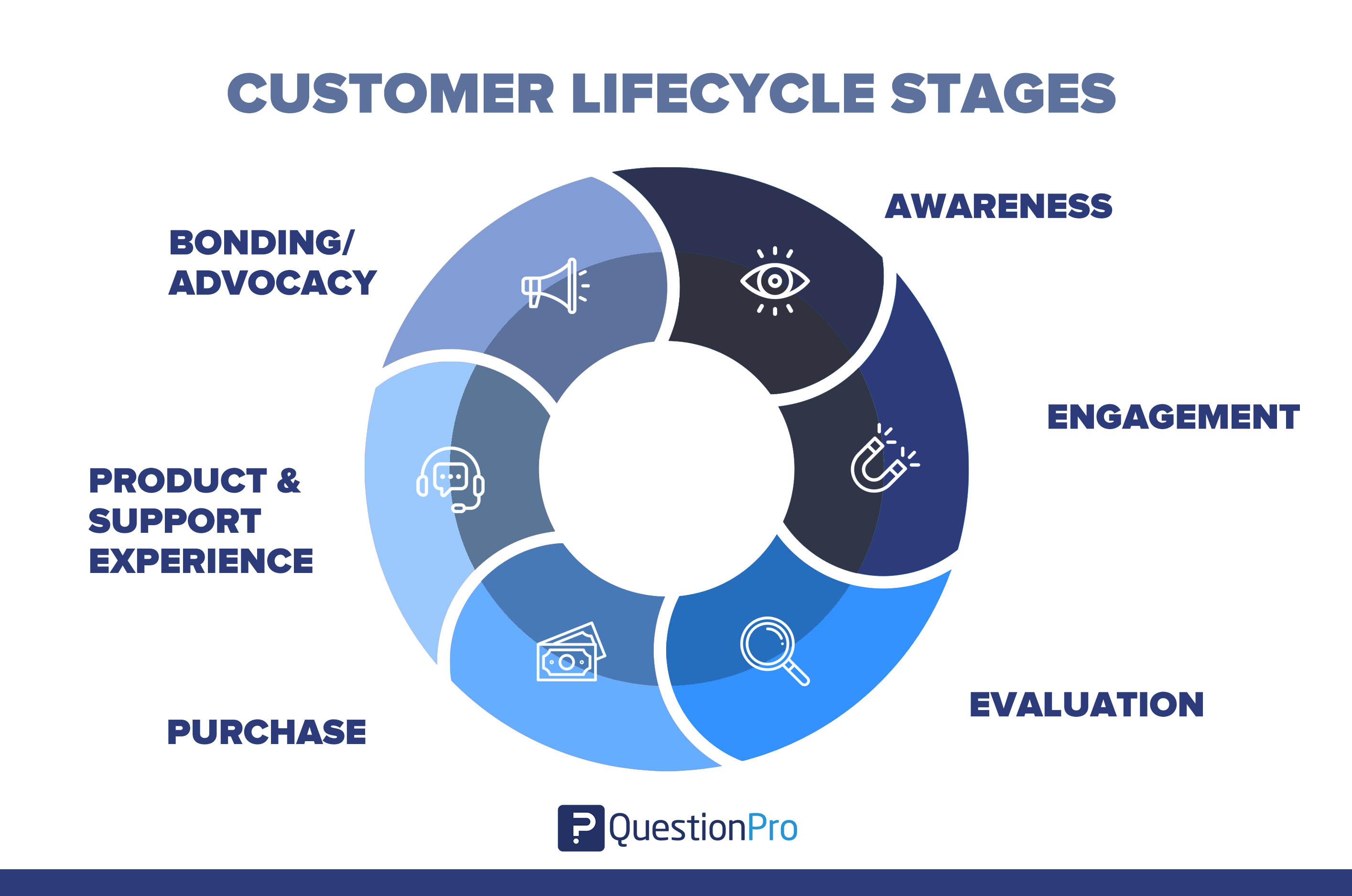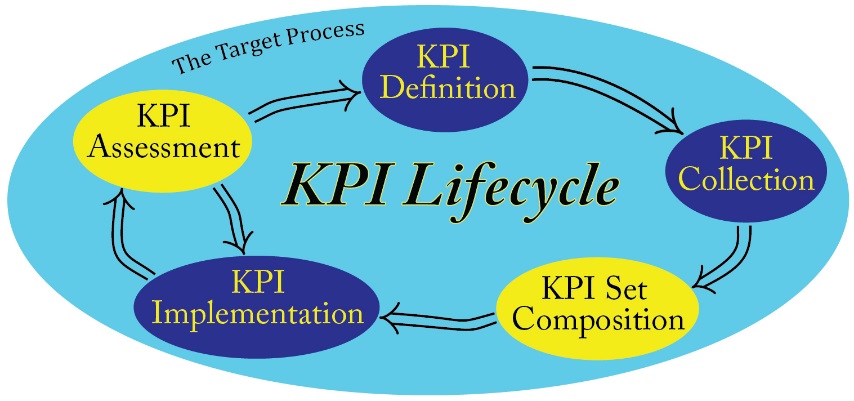What is Lifecycle Marketing?
Begin the reading with a basic understanding of Lifecycle marketing.
Definition of Lifecycle Marketing
Lifecycle Marketing is all about creating a smart plan to communicate with people from the moment they first find out about your brand until they become loyal fans. It's like guiding them through a journey with your business, holding their hand every step of the way.
The Importance of Lifecycle Marketing
Why bother with Lifecycle Marketing? Well, it turns real people into happy customers who keep coming back. By showing them love and attention at the right times, you build a strong bond. This means they're more likely to stick around and even tell their friends about you.
The Evolution of Lifecycle Marketing
Lifecycle Marketing isn't a new kid on the block. It's been around, changing its look and tools over the years. From billboards and flyers to emails and social media, the core idea remains the same - build lasting relationships with your customers.

Who Benefits from Lifecycle Marketing?
Let’s check out who benefits from Lifecycle marketing.
Lifecycle Marketing for Businesses
If you're running a business, big or small, Lifecycle Marketing is your best friend. It helps you understand and connect with your audience, turning casual browsers into loyal customers.
Plus, it makes customers happy, which means they stick around longer, boosting your customer lifecycle value.

Advantages for Customers
Customers aren't just dollars and cents; they're real people who appreciate feeling valued. Lifecycle Marketing means they get just what they need, exactly when they need it. It's like having a personal shopper who knows them inside out.

Impact on Stakeholders
Everyone involved with your business feels the positive vibes. From employees to suppliers, when customers are happy and business is booming, it's a win-win situation. Happy customers lead to a positive atmosphere all around.
When to Implement Lifecycle Marketing
Talking about Lifecycle Marketing is like chatting about a roadmap for friendship. It's all about making sure that the people who bump into your brand stick around long enough to become your cheerleaders. So, when do you roll out this welcoming mat? Let's dive in.
Recognizing Customer Lifecycle Stages
Imagine meeting someone new. First, you learn their name, then you get to know them better, and finally, you're good friends who hang out regularly. That's how you should see your customers.
Each step of their journey with your brand is a chance to make your bond stronger. A savvy lifecycle marketer knows that recognizing these stages is key to keeping the conversation flowing and relevant.

Timing and Frequency in Communications
Now, think about how often you chat with your pals. Too much, and they might need a break. Not enough, and they might forget you. It's a fine balance. This is where the lifecycle marketer taps into their wisdom.
They know the perfect moments to reach out and the right amount of chatting to keep the relationship fresh without being overwhelming.
Seasonal and Event-Triggered Initiative
Ever got a birthday card or a "happy anniversary" message? Felt good, right? That's because it was timely and personal. Seasonal events and special moments are golden opportunities to show your folks they matter.
Whether it's a holiday cheer or a "we miss you," these tailored nudges can boost your customer lifecycle value significantly. It's like remembering the little things that count in a friendship.
Measuring the Effectiveness of Lifecycle Marketing
To measure the effectiveness of Lifecycle marketing, follow these:
Key Performance Indicators (KPIs) for Lifecycle Marketing
To see if Lifecycle Marketing is working its charm, you’ve got to keep an eye on what’s what. That’s where Key Performance Indicators (KPIs) come into play.
These are numbers like how many times a customer buys from you, how much cash you make from each sale, or how many new folks are checking out your stuff because of your marketing magic.

Analyzing and Interpreting Data
Dig into the data. It tells a story about your customers. Find patterns in their shopping behavior or see how they react to your emails. Use that info to make better decisions and shape your Lifecycle Marketing tactics. It’s like reading tea leaves, but with graphs and charts.
A/B Testing and Continuous Improvement
Test, learn, tweak, repeat. Send out two versions of something—a "this or that" approach—see which one your customers like more, and then use the winner. It’s all about staying sharp and making your Lifecycle Marketing stronger, step by step.
Future of Lifecycle Marketing
The future of Lifecycle marketing are the following:
The Role of Artificial Intelligence and Machine Learning
Smart machines and snazzy algorithms are changing the game. They can predict what your customer might fancy next or figure out the best moment to say hello. This techy touch can make your Lifecycle Marketing really sing.

Integration with Customer Relationship Management (CRM)
When Lifecycle Marketing and CRM systems shake hands, it’s a powerhouse duo. CRM manages your relationships with customers, and when it's mixed with Lifecycle Marketing, you can be super specific about who hears what message and when. It’s a way to make every chat count.
Frequently asked questions(FAQs)
How do Lifecycle Marketers measure success?
Lifecycle Marketers use Key Performance Indicators (KPIs) like customer retention rates, conversion rates, customer lifetime value, and engagement metrics to gauge the success of their marketing strategies and adjust them for better outcomes.
What role does technology play in Lifecycle Marketing?
Technology plays a pivotal role in Lifecycle Marketing, allowing marketers to collect data, gain insights, automate communications, and deliver personalized customer experiences at scale. Through platforms like CRM systems, marketing automation tools, and analytics software, marketers can effectively leverage marketing automation to enhance their strategies.
Can Lifecycle Marketing work for small businesses?
Yes, Lifecycle Marketing can be highly effective for small businesses by using targeted communication to build customer relationships, increase retention, and maximize the value of each customer, often requiring only modest technology investments.
How does A/B testing fit into Lifecycle Marketing?
A/B testing is vital in Lifecycle Marketing for optimizing marketing strategies. By comparing different approaches in real scenarios, marketers can identify the most effective tactics to engage customers at various lifecycle stages.
What’s the future of Lifecycle Marketing?
The future of Lifecycle Marketing is set to be defined by highly personalized marketing and automated strategies, driven by advancements in artificial intelligence, machine learning, and integration with broader CRM systems. These innovations will enhance customer experiences and improve business outcomes.
